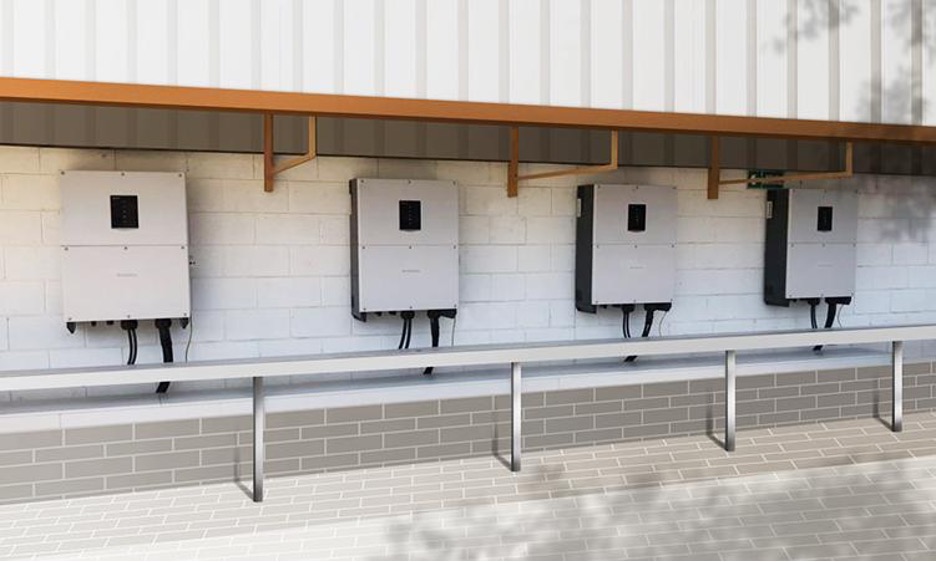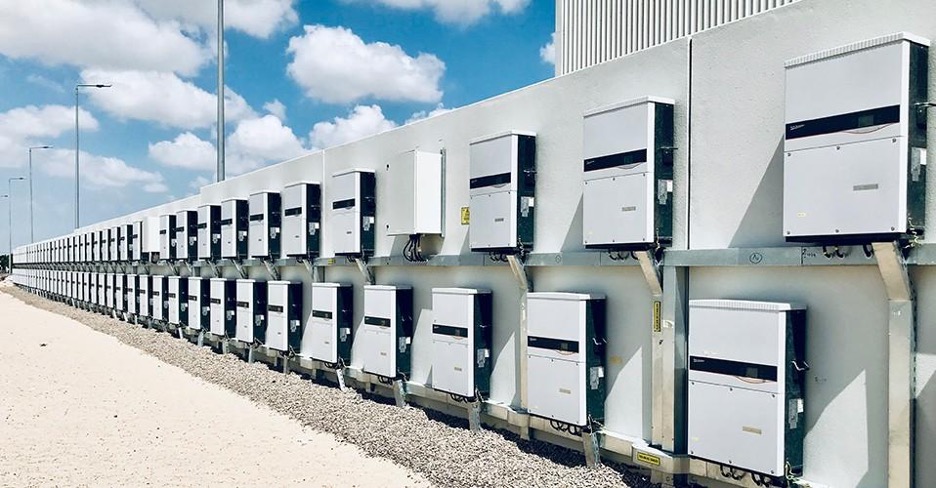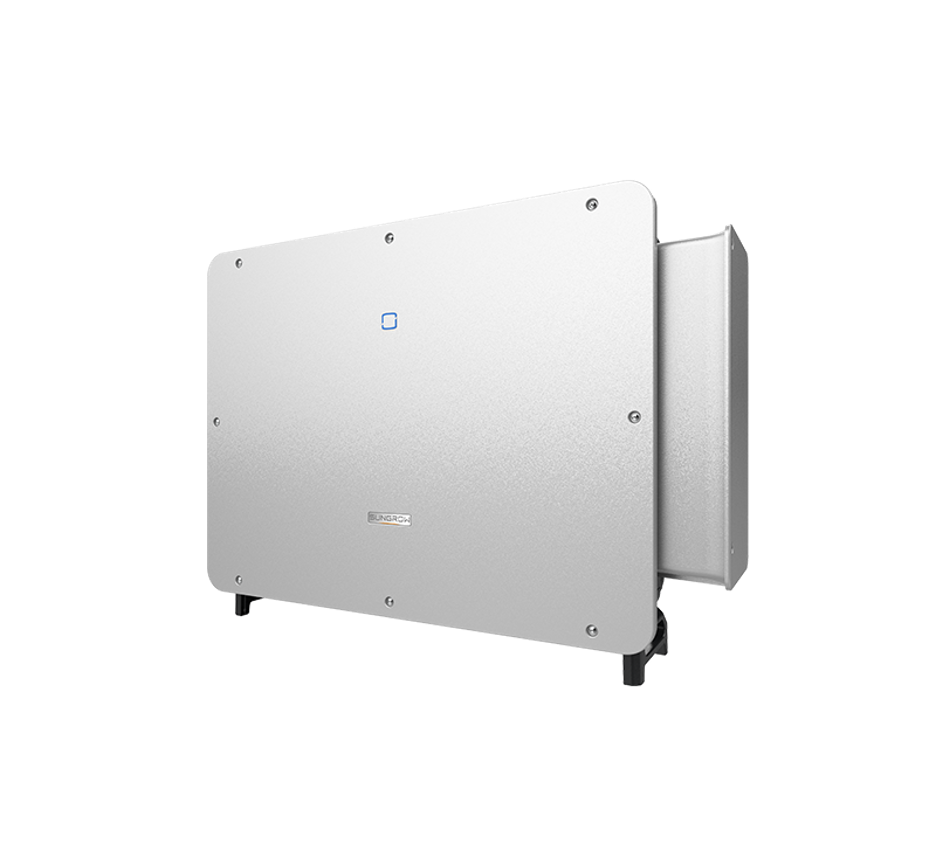How MPPT Technology Improves Solar Energy Efficiency
Solar panel systems are a significant investment, and maximizing their energy output is essential to ensure that the system operates at its best. The efficiency of a solar system determines how much of the solar energy captured is converted into usable electricity. A more efficient system will generate more power from the same number of panels, which means better returns on investment (ROI) and lower energy costs over time.
To achieve optimal efficiency, solar systems need more than just high-quality panels. The technology that controls the flow of power from the panels to the inverter plays a crucial role. Maximum Power Point Tracking (MPPT) is the key to unlocking a solar system’s full potential, ensuring that every watt of energy is captured and utilized, even under changing environmental conditions.

What is MPPT Technology?
MPPT (Maximum Power Point Tracking) is a technology used in solar inverters to optimize the power output from solar panels. Solar panels have an ideal operating voltage at which they produce the maximum amount of power. However, this voltage can vary depending on factors such as sunlight intensity and temperature. MPPT technology continuously adjusts the operating point of the panels to match this ideal voltage, ensuring that the system always operates at peak efficiency.
Benefits of MPPT Technology
The primary benefit of MPPT is its ability to maximize the energy harvested from solar panels, even under non-ideal conditions. Whether the sky is overcast, the panels are partially shaded, or the temperature fluctuates, MPPT ensures that the solar panels are always working at their optimal power point. This results in more power generation, better system performance, and higher efficiency compared to traditional systems that lack this feature.
MPPT vs. PWM: Key Differences
1. PWM: Less Efficient
Pulse Width Modulation (PWM) is a simpler, less advanced technology used in some solar systems. PWM works by switching the controller on and off at fixed intervals to regulate the energy flow. While this method can be effective in certain conditions, it doesn’t adjust the voltage to match the panels’ ideal power point, leading to less efficient energy conversion.
2. MPPT: Continuous Power Tracking
In contrast, MPPT continuously tracks and adjusts the operating voltage of the solar panels to ensure the system is always generating the maximum possible power. MPPT technology can even adapt to environmental changes, such as cloud cover, temperature variations, and shading, which PWM cannot handle effectively.
3. Key Differences
Efficiency: MPPT is far more efficient than PWM. MPPT typically increases solar energy conversion by 20-30% compared to PWM, especially in less-than-ideal conditions.
Low-Light and Shaded Conditions: MPPT excels in low-light or partially shaded environments where solar power generation is less predictable. PWM, on the other hand, struggles to adjust to these fluctuating conditions, resulting in a decrease in energy yield.
Cost: PWM systems are cheaper and simpler to install, making them a more budget-friendly option. However, they sacrifice efficiency and performance, which could lead to lower long-term returns on investment. MPPT technology, though pricier, delivers greater efficiency, making it a superior choice for those looking to optimize energy production.

Why MPPT is the Preferred Choice for Solar Systems
1. Higher Efficiency
One of the most compelling reasons to choose MPPT is its superior efficiency. MPPT inverters optimize the energy output of solar panels by adjusting the system to operate at the maximum power point. This is particularly important when sunlight is inconsistent, and any increase in efficiency directly translates to more energy production and reduced reliance on the grid.
2. Better Performance in All Conditions
MPPT technology excels in a wide range of environmental conditions, including partial shading and changing weather patterns. Whether it's a cloudy day, early morning or late afternoon sun, or when panels are partially shaded by trees or buildings, MPPT ensures that the system adapts and still delivers optimal power. This versatility makes MPPT the clear choice for users seeking reliable, consistent energy production.
3. Long-Term Savings
While the initial cost of an MPPT-based system may be higher, the long-term benefits outweigh the investment. By generating more energy, MPPT systems provide a better return on investment (ROI). Over time, the additional power output results in lower electricity bills, reduced payback periods, and greater overall savings.

Sungrow’s Solar String Inverter with MPPT Technology
Sungrow’s Solar String Inverter integrates MPPT technology to provide superior energy management. By utilizing MPPT, Sungrow inverters ensure that solar panels operate at their peak performance, even under challenging conditions. The advanced tracking algorithm in Sungrow’s inverters continuously monitors solar panel output and adjusts for the most efficient operating point.
In addition to MPPT technology, Sungrow inverters are designed for reliability and durability, making them a perfect choice for both residential and commercial solar systems. With Sungrow’s inverters, users can enjoy enhanced efficiency, extended system lifespan, and improved ROI, all while benefiting from cutting-edge solar technology.
Conclusion
MPPT technology is an essential component in maximizing the efficiency of solar systems. For those looking to invest in high-efficiency solar systems, choosing inverters with MPPT technology is a smart decision. Sungrow’s Solar String Inverters, equipped with MPPT technology, offer excellent performance, reliability, and energy savings, making them an ideal choice for maximizing the efficiency of your solar installation.